In many cottages, except traditional crops, such as currant, blackberry and raspberries, other interesting types of berry shrubs can be found, for example, IRGU Canadian. This culture grows in the form of a lowered tree or a large shrub. Today there are about 20 species of this plant. It is cultivated by it mainly in the moderate belt of the northern hemisphere. Moreover, it can often be found not only in the country areas, but also in the wild, where it germinates with self-sowing. In addition, this berry culture grows in the gardens of our country. She loves her very quickly after landing begins to fruit. So, berries usually appear on the tree for the fourth year. Next, we consider the characteristics of the culture and how it is properly carried out and care for the IRGA Canadian in our latitudes.
IRGA Canadian: Description
IRGA refers to the genus of apple cultures. It has a second name - cigrix. It grows in the form of a low-spirited tree or a large bush (depending on the variety of culture). From the Latin name "Irga" - "Amelanchier" is translated as "bringing honey". Most often, the plant is found in forest and tundra zones, however, with proper care culture can be successfully grown in our latitudes.
The main characteristics of the Canadian IRGI are as follows:
- The life expectancy of one tree can reach 65 years. This plant brings fruit every year.
- The height of the stem of an adult culture is 7.5-8.5 m.
- Berries of Irgi Canadian usually have a dark red or light black color. They contain approximately 80% of water to 12% sugar, up to 1% organic acids. In addition, there is a fiber and various trace elements.
- Culture inflorescences are presented in the form of brushes that hang beautifully with branches.
- Irgi leaves have a greenish or pink shade. In the autumn period, the culture foliage acquires a beautiful orange or red.
- The fruits of any varieties of Irgi are edible. Fresh berry gives juice not immediately, for this it should lie down at least for 6 days. If the fruits are dried, they can be used as a food dye or for the manufacture of raisins.
- The IRGI berry contains up to 13% of sugars. In addition, there are quite a lot of pectin, fiber, coloring and tubyl substances, organic acids, anthocyanins, flavonolov, ketakhines, vitamin C, beta-carotene (provitamin A) and vitamins of B. Also in Irge there are mineral substances such as copper , iron and cobalt.
- Canadian Irgi seedlings are not demanding of the soil. At the same time, culture without any problems can transfer winter cold and spring-autumn frosts. Sustainably plants and drought. Therefore, gardeners about Irge Canadian in most cases are positive.
- In addition, culture is used in decorative purposes. Often Irga Canadian landed in landscape design to decorate the country area, as it has a very beautiful view both during the appearance of the leaves and during flowering.
- It is also worth noting that the IRGA does not require much care.
- The plant is an excellent honey. Buy Saplings of Irish Canadian varieties in specialized stores for gardeners. Of the elastic and direct branches of IRGI, canes are made, they can be used as elements of wicker structures.
IRGA Canadian: varieties
The following popular varieties of IRGI distinguish:
- IRGA Canadian ordinary Amelanchier Ovalis. It in our country can be found most often. Leaves have a round or oval form. The fruits ripen already in the middle of summer. At the same time, they reaches 2.5 cm in diameter.
- Irga Cosimel Amelanchier Spicata. She blooms before all. This tree grows in a height of up to 5-5.5 m. The leaves in the culture have an oblong shape and sharp teeth. The trunk is a lot of shoots, which form a dense crown on top. The berries of this plant are usually small and achieved in diameter 1 cm.
- IRGA Canadian Amelanchier Canadensis. Another popular type of culture. This grade of IRGI is considered very strong and unpretentious. This tree usually grows in an open area. It has pinkish leaflets and large fruits that in diameter can reach up to 2 cm. This IRGA is considered the most delicious.
- Olgoliste Irga Amelanchier Alnifolia. It grows not very high, while it has quite large fruits. Culture often gives a rich harvest. In particular, if a good to care for the plant. In this case, from one bush can be collected up to 8 kg of fruits.
- IRGA Canadian Lamarma Amelanchier Lamarckii. It grows most often in decorative purposes, as it has a beautiful appearance.
Any variety of Irgi is in food. Moreover, they can be used both in fresh and in canned form. From berries prepare juices, floppy, jelly, jam, kissel, compotes and jam. Sometimes, even from the fruits of this culture, it turns out a good wine.
Useful properties of Irish Canadian
The beneficial properties of culture are as follows:
- In the fruits are concentrated tubyl substances that have a positive effect on the state of the gastrointestinal tract.
- In the juice of Irgi there are phytoncides, which are a vegetable analogue of antibiotics. Thus, with the help of fruits, inflammatory processes, viral diseases, bacterial infection can be treated.
- It should also be noted that the IRGA is a good source of vitamin P. It is considered important for those who want to preserve healthy vessels and heart.
- In folk medicine, Cashitz from fruits is used to treat stomatitis. To do this, the mixture is applied to inflamed gums, and kept for a few minutes.
- Juice obtained from fruits is used with throat rinsing angins.
- The fruits of culture are recommended to include in a diet at high arterial pressure, with elevated cholesterol, ischemic heart disease, thrombophlebitis and varicose veins.
- In alternative medicine, juice obtained from fruits of culture is used, due to the fact that it has knitting properties. In addition, a decoction of the bark and leaves of Irgi is applied to treatment. There are quite a few tanning substances in it.
The reproduction of Irish Canadian
The reproduction of Irish Canadian is possible in several ways:
- With the help of seeds (according to such a technique, the ovalnoliste varieties of culture can be multiplied).
- Using the gripper.
- Vegetatively (stalling). According to such a method, you can breed a variety of culture, fruiting very large berries.
- Reproduction with tanks.
Each method has its own characteristics. Consider in more detail the specifics of the reproduction of these methods.
Seeds reproduction procedure:
- The planting material can be collected in the country area or buy the seeds of Irish Canadian in the store for gardeners. Before boarding, they must undergo a stratification procedure that contributes to the improvement of the germination of seedlings. For this, seeds for the winter are stacked in the soil. It should be bodied by no more than 3 cm.
- From above, the seeds are sprinkled with the soil and layer of mulch, the composition of which should be straw or dry leaves.
- In the spring, first sprouts should appear. After they are fixed, they can be replaced in open ground.
Reproduction by grabbing:
- This procedure begins in the autumn period. It is then that the layout should be prepared (Ryabin's shoots, which have been more than 2 years old).
- Immediately the vaccination (Chernok Irgi) on the shoots of Ryabin is carried out in the spring. For this, the cuttings are digging from the ground, cleaned and cut horizontally at a distance of 13 cm from the rhizome. The cutting depth should be small, sufficiently 2-4 cm.
- On the shoot of Rowan, the cut should be made oblique in the top of the cutting. At the bottom of the escape, the cut is made in the form of a wedge.
- The sharp part of the rowan escape should be placed in the cut of the storn of Irgi. The location of the two seedlings should be treated with a garden boiler, and then fix the position of the cuttings of the scotch.
- Next, the cutlets are planted into the soil enriched with peat and sand. The container with a seedling should be placed in a greenhouse.
- When callus is formed (vegetable fabric on the site of the junction of cuttings), seedlings can be planted in the ground.
The procedure for reproduction in vegetative way (staring):
- First of all, you should select healthy shoots and cut them off from the main plant. The length of the cutting should be no more than 12-15 cm.
- Selected cuttings are cleaned from foliage, with the exception of several upper sheets. Next, they are processed by a garden boiler and planted in a greenhouse. The distance between landings landed should be about 5 cm.
- From above the soil, in which the cuttings are planted, is sprinkled with sand and is abundant. In the greenhouse land, seedlings should be about 14-20 days, during which time they will have time to root. Then they can be transplanted into the ground.
As for the propagation technique, it is carried out in the following order:
- The procedure is carried out in the spring. First of all, you should select healthy and strong annual shoots. They are drawn by a small layer of land.
- In the soil, the fertilizers (humid) are entered around the spoken shoots.
- When the first kidneys appear on the shoots, they should be filled with a layer of land mixed with humus.
- Run shoots in the autumn period. Then you can separate them from the main bush.
Irga Canadian: landing
Basics of planting Irish Canadian
Consider the basic rules of preparation for planting culture:
- The main key to the good result of growing shrub is the right choice of the place and time of its landing. IRGU is planted in an open ground as in the fall and early spring. There is no single opinion on this account, but most gardeners prefer the autumn period for planting a shrub. In this case, to prepare the site for the landing of IRGI costs since spring. It must be cleaned of weeds and move. Hold it under the ferry before the landing period, and a week before this operation fertilize with potash and phosphate fertilizers and loosen again.
- Although the IRGA is not considered to be whistled for the quality of soil by shrub, it is desirable to plant it on fertile loams and squeezed soils. Otherwise, the root plant of the plant in search of nutrients will grow rapidly, throwing root pigs on the surface. And it will be necessary to fight her constantly. The plant is equally well grown on soils with different acidity.
- When choosing a plot, it is necessary to take into account its illumination and depth of groundwater. The roots of the plants deepen into the ground by 2-3 meters, so in areas with high groundwater sitting, it can start rotting. For Irgi, it is better to choose a well-lit place that will become the key to its normal growth and fertility.
The process of landing Irgi Canadian
The process of planting a shrub does not represent difficulties even for a novice gardener. In principle, it does not differ from sitting on other fruit shrubs, such as raspberry, currant or gooseberry. If there is a landing for several individuals on the site, it is preferable to do it in a checker order with a distance of at least half a meter between them.
The order of planting culture:
- For the landing of IRGI, a small pit is digging with sizes of 0.6 m and a depth of 0.5 m. The cured mass of fertile soil must be mixed with a rift compost and sand at the rate of: 3 parts of the soil and one sand with a compost.
- Then a small layer of humus (1.5 - 2 buckets) was placed on the bottom of the dug hole (1.5 - 2 buckets) with the addition of 0.5 kg of phosphate. Inside the pits, they are thoroughly mixed and tamped.
- From the previously prepared soil in the middle of the pit formed a cone, which is set to a sapling. His roots are cut through the slopes of the cone, and the pit is covered with the remnants of the soil. After that, the landing site is abundant (10-15 liters of water is necessary). Over time, the soil will see the landing in the place of landing, and it will be necessary to entrust with the level of land.
- To ensure normal conditions for the growth of Irgi, the soil around the plant must be mulched. Do it with the help of peat or dry ground. You can also use dried humus.
- Before the winter, when the movement of nutrients along the shrubs trunk slows down, it can be trimmed. On the surface, only 15 cm are left on the level of the soil, and the rest is cut. The plant after trimming should have at least 4-5 well developed kidneys.
IRGA Canadian: Care
The plant is quite unpretentious in care. The whole process is reduced only to periodic loosening of the soil around it, the struggle with weeds and pests, as well as watering. To the last you need to treat extremely neat. Since IRGA is considered a drought-resistant plant, abundant and frequent watering is not needed. Its roots go into deep layers of soil, where moisture is almost constantly. Therefore, watering is carried out in particularly hot and arid periods. It is advisable to do this with the help of a diffuser to simultaneously wash off the dust from the foliage of the plant. For watering it is better to choose time after sunset. When scorching the sun does not do it.
Fertilizers begin to feed the plant with 4-5 years of age and make it annually. The main feeder produces a mixture of 0.3 kg of superphosphate, 0.2 kg of potash fertilizers for 2 buckets of humus. The mixture is added under the steaming, retreating from the barrel at least 20 cm. Undercuming with liquid fertilizers (aqueous solution of bird litter) is made in the spring-summer period. Fertilizers make an abundant watering or good rain overnight.
Preparing the plant for winter also does not require special skills and hassle. Futing leaves are removed from the root area, the plant is watering, fertilizers are entered into the ground. There is no need to cover the culture for the winter, it is able to withstand even harsh frosts.
Pruning Irgi Canadian
This plant does not tolerate pruning too well, so it is necessary to make it only in particular necessary or under health purposes - to remove broken and dried branches. For rejuvenation of the bush, the two oldest branches are removed annually, so its yield will constantly be on the same level. Young shoots remove a quarter of last year's growth. In order for the plant to grow up, but styling, it is necessary to remove the side branches. Pruning is carried out either late autumn or early spring. After trimming, the location of the cut on biennial and older branches is better to treat oil paint based on natural olifa.
Diseases and pests of Irish Canadian
This plant is not particularly affected by diseases and pests. Among the first most often found:
- Tuberculosis. This disease is manifested by the focus and foliage of the foliage of the plant and its young shoots. Small red tuberculk can appear on the latter. Infected branches of plants are necessarily removed and burned, and it is treated with a solution of copper sulphate.
- Gray rot. The reason for the appearance of this disease is excessive irrigation or high groundwater occurrence. It is characterized by the appearance of spots on the surface of the leaves, which are then falling. To prevent the disease, it is necessary to change watering mode or transplant the plant to a new place. For treatment, burglar liquid is suitable, oxochem or ketone.
From pests Most problems, Irge deliver Syamyad and Mol Pestryanka. The first eats plant seeds, and the second destroys his leaves. It should be struggling with them by treating a culture by acutellic, carbophos or fufanon.

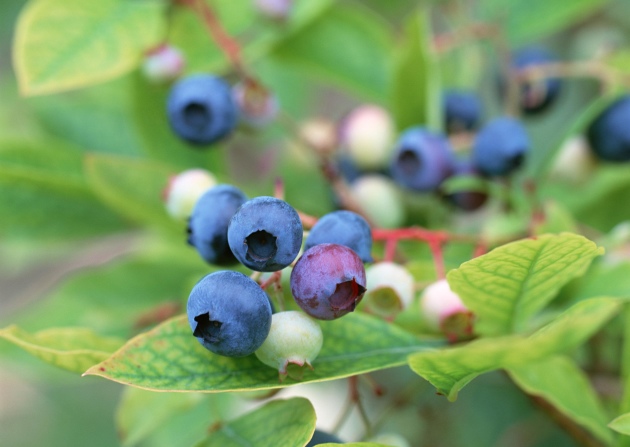
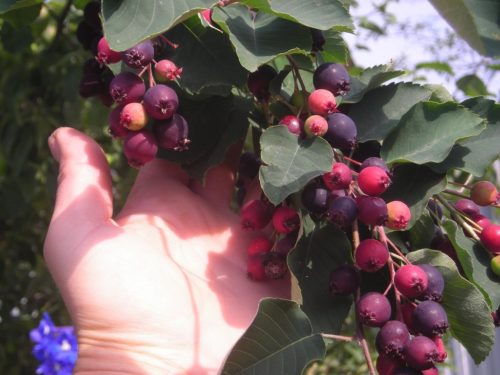
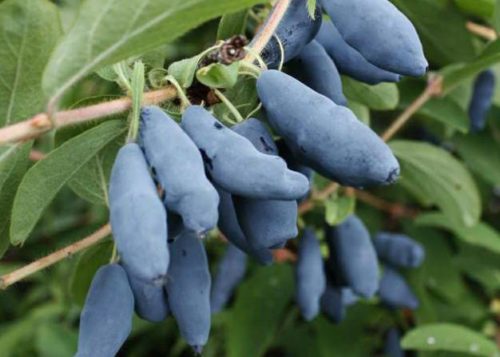
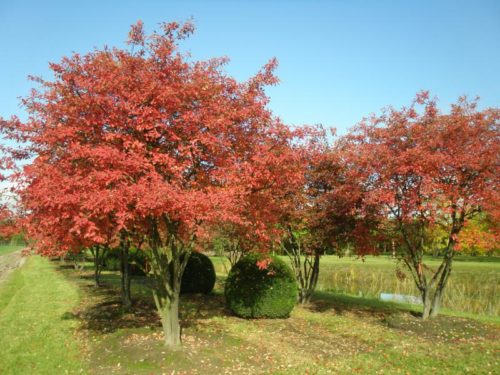
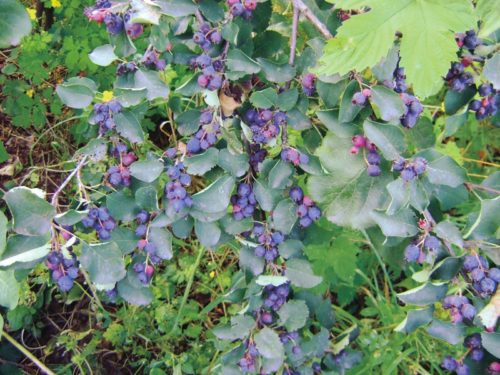
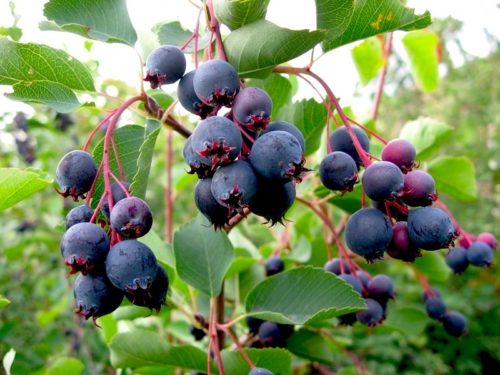
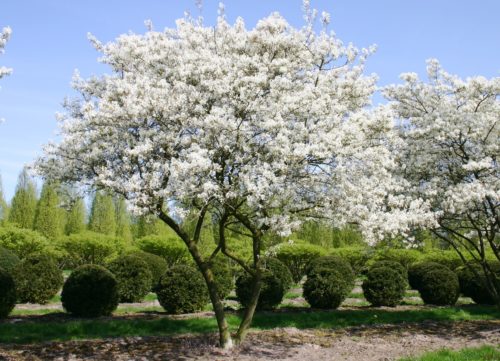

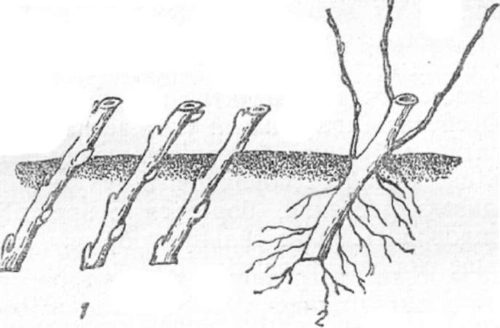
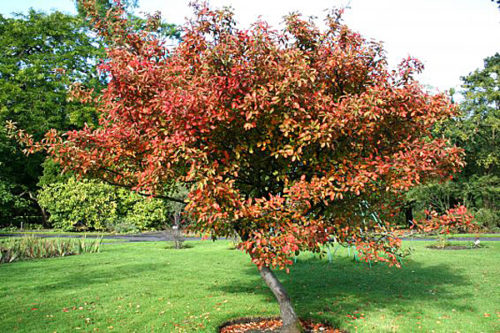
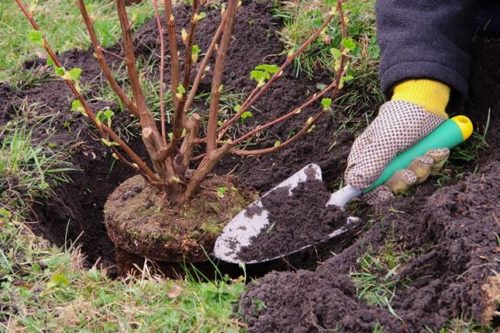

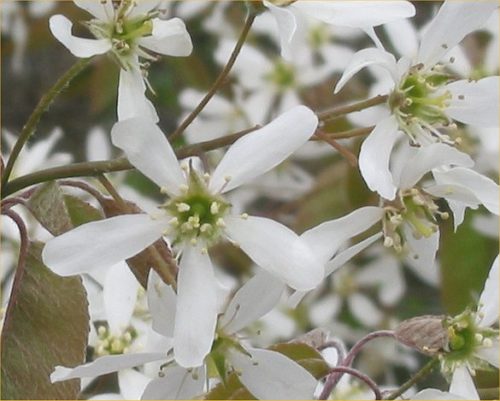
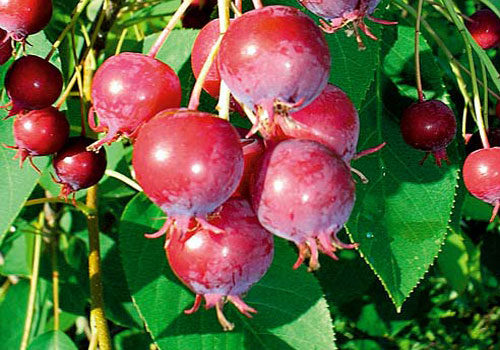
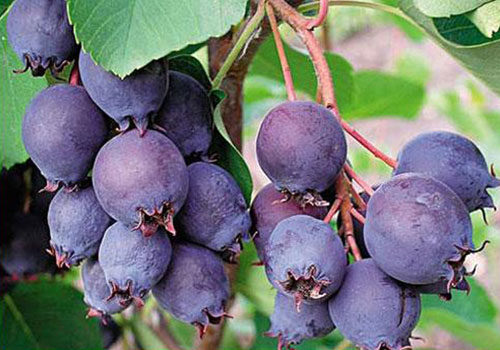


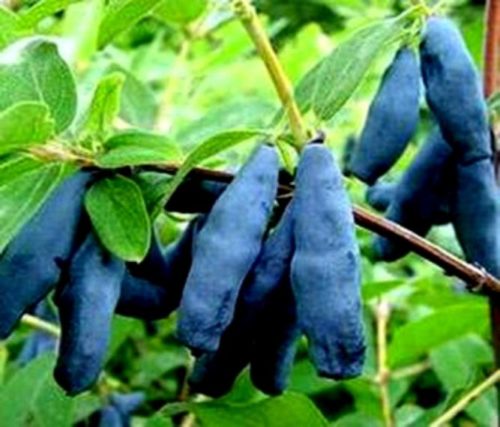
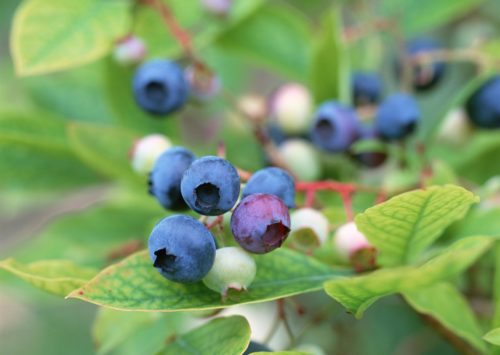












 Start a discussion ...
Start a discussion ...